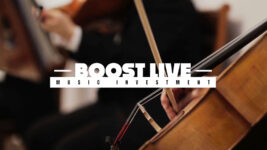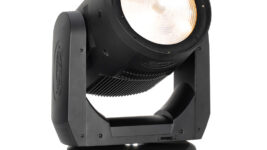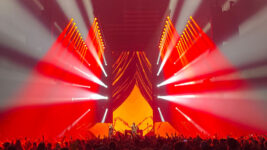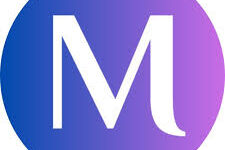ARTISTIC
17 Sep 2024
Flexing Your Creativity
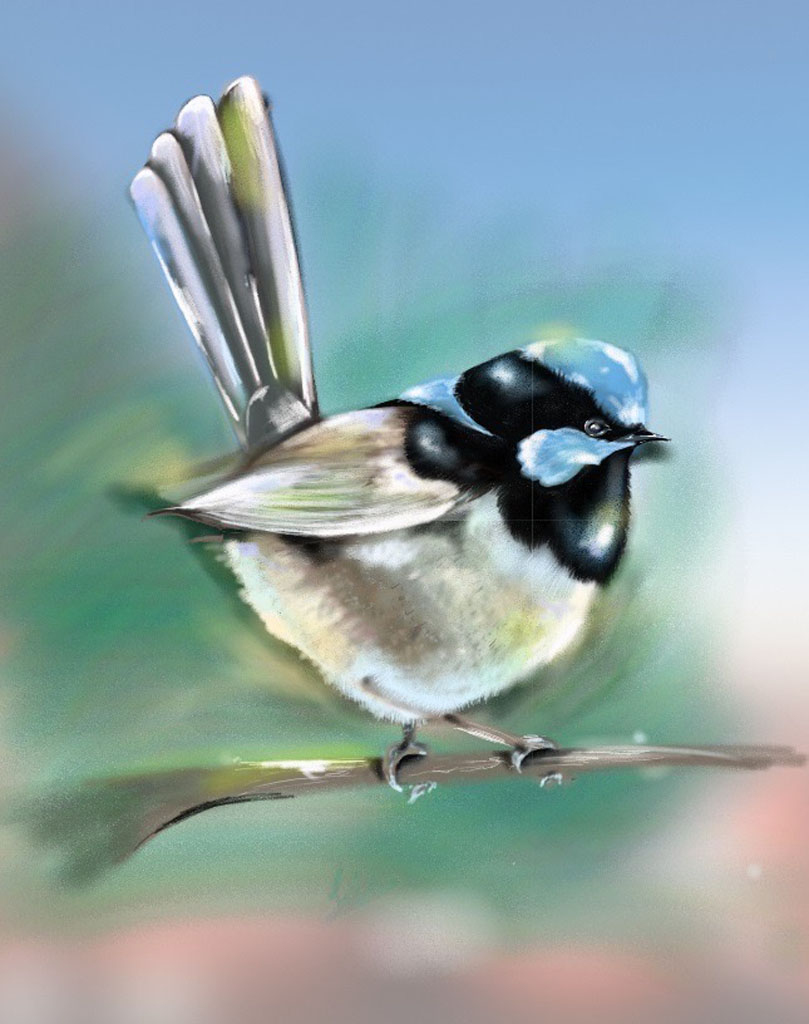
Subscribe to CX E-News
‘Artistic’ and ‘creative’ are not words you usually associate with the world of touch-enabled collaboration screens in the realm of corporate audio-visual installations. You’re more likely to talk Teams certification and the screen’s ability to email everyone meeting notes instead of its potential to unleash your inner Picasso.
For example, let’s talk about the Newline Interactive FLEX 27” collaboration screen. It’s got a 4K camera and an eight microphone array for video conferencing, two speakers and a sub, and a touch screen with its own Flex Pen that supports Windows Ink for document annotation. So far, so standard. What’s a little out of the ordinary is that it was recently used by Jodene McKenzie of Brisbane AV integrator Macrosphere to create all the artworks you see pictured in this article.
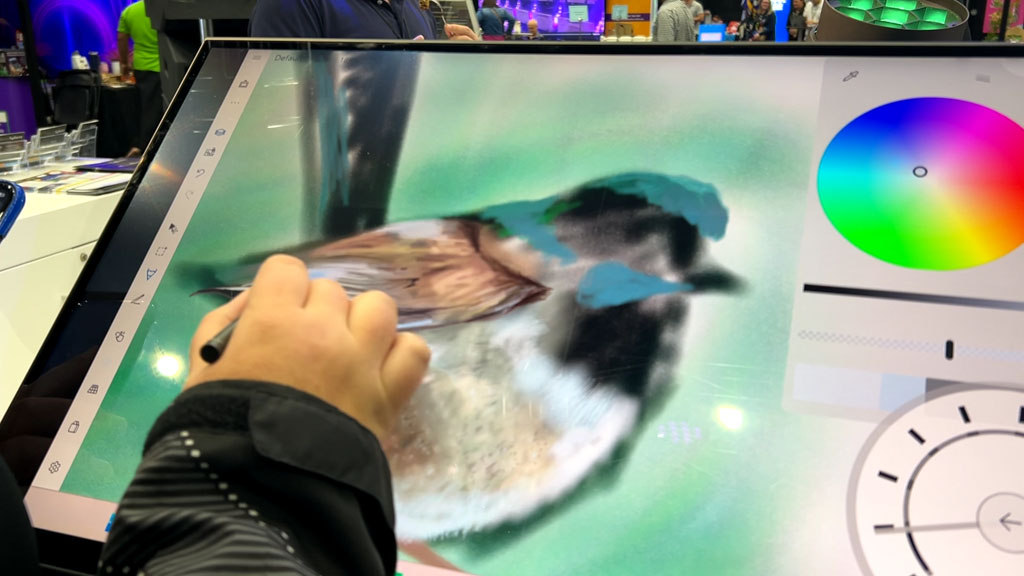
Jodene is a Project Consultant, having started with AV company Direct National nine years ago, before it was absorbed as a division of Macropshere at the end of 2023. With a degree in fine art from her native New Zealand, and an art teacher by trade, Jodene has found her place at the intersection of art and technology.
Jodene found herself on the Macrosphere stand at the recent School Business Manager Association QLD Conference on the Gold Coast (July 29 to August 1) with a Newline Interactive Flex screen to play with and decided to show people exactly what it could do.
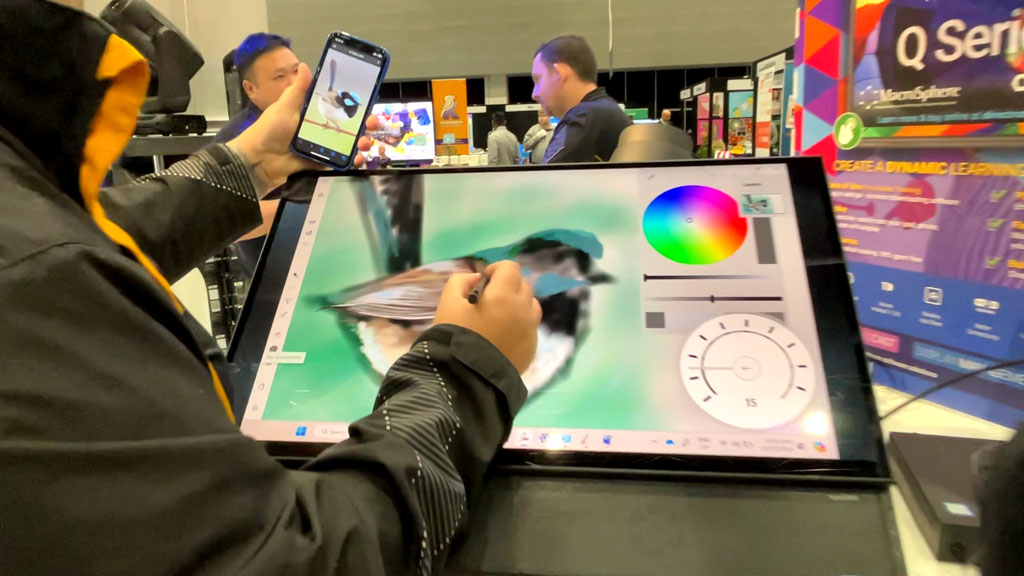
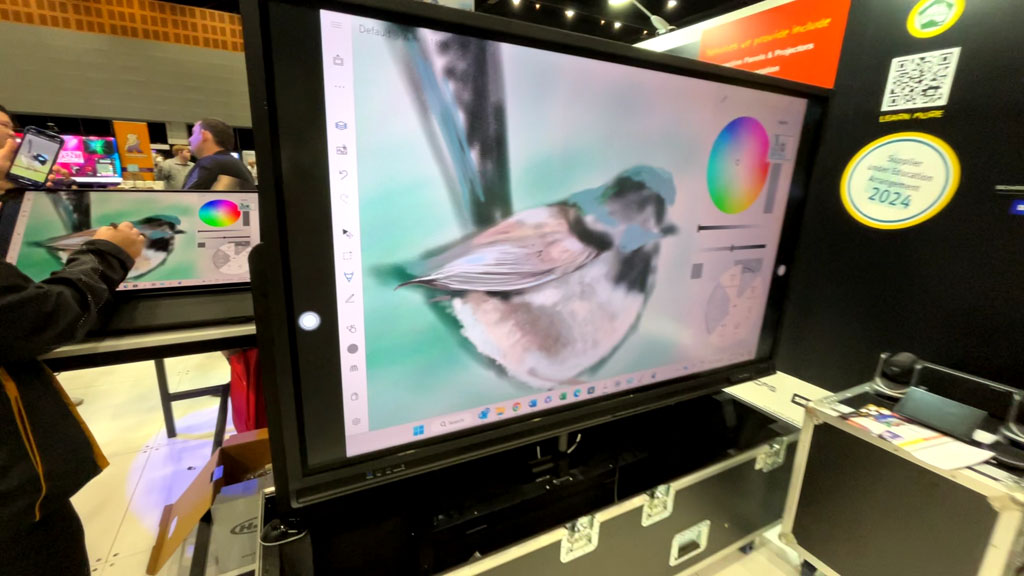
“I wanted to show off the technical and artistic capacities of the screens we supply in a new and different way,” explains Jodene. “A lot of people use them just as annotation tools; just big screens to put documents up on. I want to show people that you can take them much further in terms of applications and capacity. So, I did what I do best, which is drawing and colour. I used an application called Sketch, and just went in there and started drawing. I had the Flex connected to our larger screen as well, to make the set-up more like a typical collaborative space. People at the conference could actually watch the brush marks that I was making, the colours that I was using, and the change of opacity. It was a demonstration on how far you can push the equipment and how far it’s come.”
With collaboration screens in the corporate world originally developed for nothing much more complicated than writing ‘Yes’ or ‘No’ over Word documents and pictures in digital red pen, it will surprise most to know that they are now capable of acting as sophisticated visual creation and manipulation tools.
“I’ve been creating on screens for the last four years, ever since the technology improved dramatically,” outlines Jodene. “Touch screens for drawing and painting used to be clunkier and didn’t cater to the creative realm, where you want it to feel like you’re drawing on paper or painting on canvas. There was always a little bit of a lag; you’d do a brush mark with your hand, and then five seconds later, it would appear on the screen. The advancements in the technology have really helped the ability to create on the screens.”
While collaboration screens haven’t boasted the power to create fine art for long, tablets and touch screens aimed squarely at artists have been around for a while. “In my artistic career, I’ve used quite a few different drawing tablets,” continues Jodene. “In particular, I used some of the earlier ones from Wacom and Huawei. The biggest difference between those and the Newline Flex is the fact that you can have the Flex on an angle, so it can simulate drawing on a canvas on an easel, rather than paper on a table. Because it’s got that beautiful tilt, I can have it in just the right position. The Newline Flex also has palm rejection, so I’m able to rest my palm on the screen to guide the brush marks I’m making. On other screens, you have to wear a little glove that will stop your palm from registering on the touch screen, but on the Newline Flex, your palm doesn’t register as a brush mark; it doesn’t register anything else but the Flex Pen or your finger. It’s a small improvement that makes a huge difference. I think Newline have done really well creating a device that can be used not only as a conferencing or classroom device, but also as an artistic tablet.”

Capacitive screens like the Newline Flex allow you to draw and annotate with your fingers, but many, including the Flex, come with their own dedicated drawing hardware. “Coming from an art background, it is nicer to have a drawing utensil,” admits Jodene. “The biggest difference moving to the Flex is that the included Flex Pen has a pressure sensitive tip, so I’m able to control how much ‘ink’ is flowing into the digital canvas.”
With the new graphics and interactive powers available in products like the Newline Flex, has Jodene seen Macrosphere’s customers adopt the new workflows they enable? “Some of our larger school customers already have this technology in their graphics and design classrooms,” observes Jodene. “As the Flex is quite a new product, there’s a lot of work to be done to introduce that creative workflow into the classroom. If you connect the Flex to another interactive panel that is up on the wall or on a trolley, you can collaborate with the people that are presenting creatively. It’s about encouraging schools and communities to be more creative with the technology that they are bringing on board, because they can push it to create astounding outcomes.”
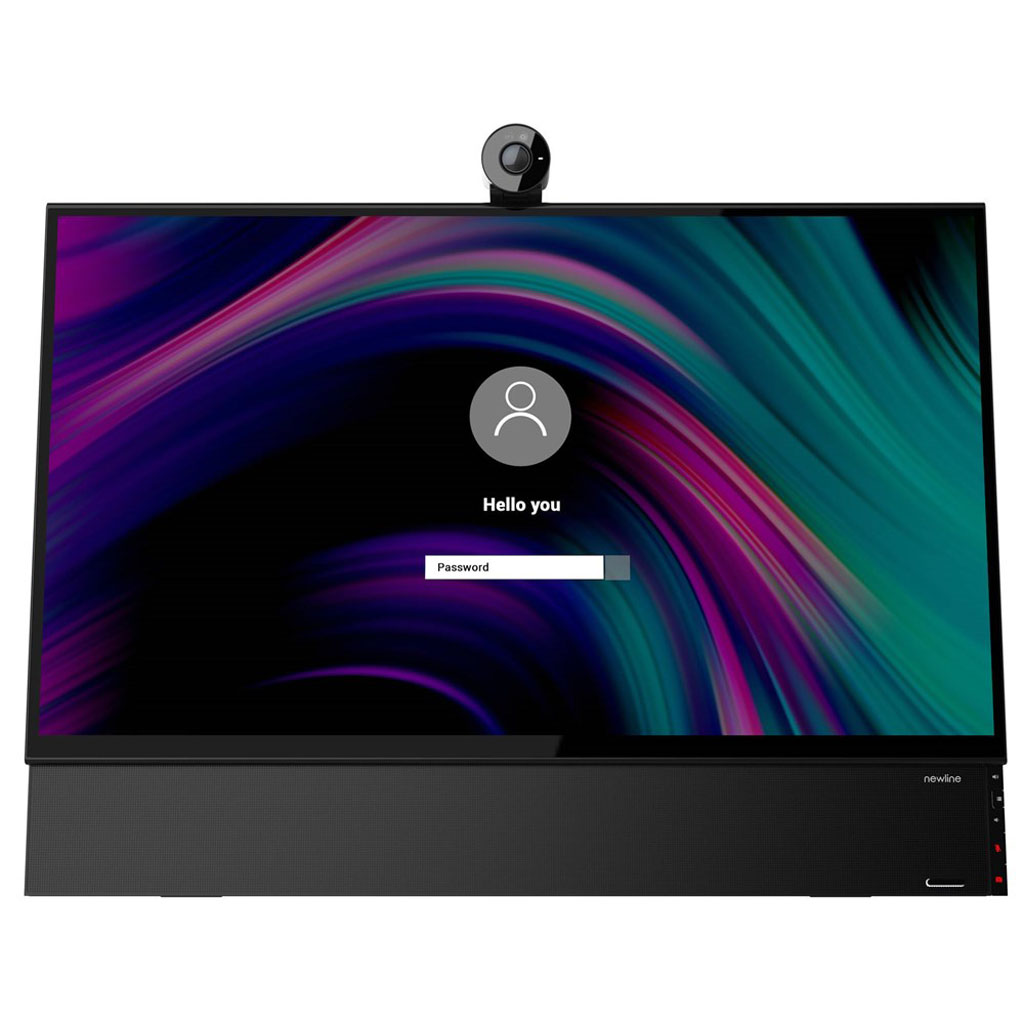
Subscribe
Published monthly since 1991, our famous AV industry magazine is free for download or pay for print. Subscribers also receive CX News, our free weekly email with the latest industry news and jobs.

